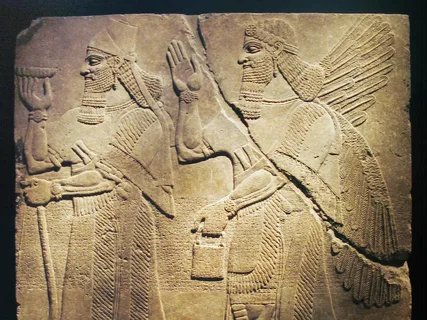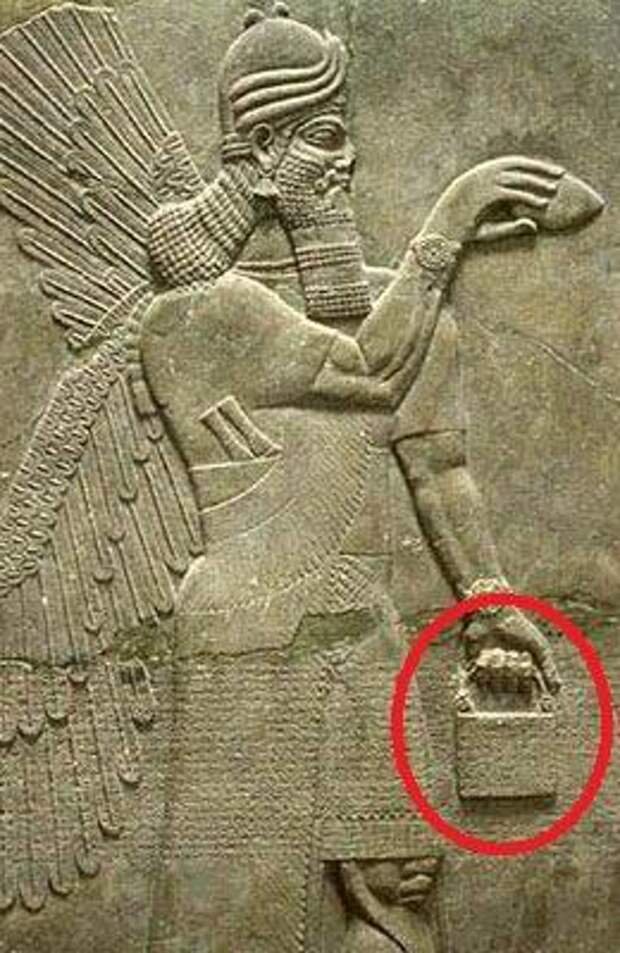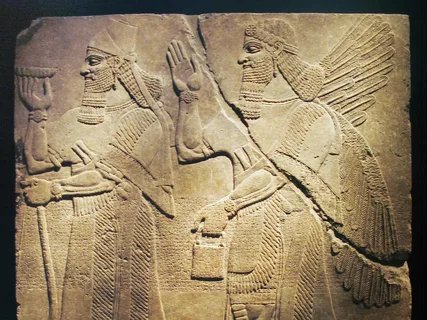The Apkallu wall relief, dating back to the reign of King Ashurnasirpal II (883–859 BC), offers a fascinating insight into the royal culture of ancient Assyria. This remarkable relief was discovered at the entrance to the king’s private quarters in the ancient city of Nimrud, which was one of Assyria’s most important and prosperous capitals.
**Historical Significance of the Apkallu Relief**

The Apkallu relief holds immense historical value, as it symbolizes the ancient Assyrian belief in the Apkallu—wise beings or semi-divine figures who were believed to provide divine wisdom and guidance to kings. These figures were often depicted in Assyrian art as part-human and part-bird, and their image was meant to signify the king’s connection to divine protection and authority.
**Art and Symbolism in Ancient Assyria**
Nimrud, once a powerful city-state, was known for its intricate artwork, and the Apkallu wall relief is no exception. The relief itself is meticulously carved, showcasing the skilled craftsmanship of Assyrian artisans. It features the Apkallu, standing tall and imposing, offering a symbolic link between the divine and the earthly realms. This visual connection reinforced the king’s divine right to rule, asserting his power and status in the eyes of both his subjects and his enemies.

**Ashurnasirpal II and His Reign**
King Ashurnasirpal II, under whose reign the Apkallu relief was created, was known for his military conquests and ambitious building projects. He is credited with transforming Nimrud into a grand royal city, filled with monumental architecture and elaborate artworks like the Apkallu relief. His reign marked a period of Assyrian strength, and the imagery on the relief reflects the king’s desire to project power, divinity, and wisdom.
**The Apkallu Relief’s Place in Archaeology**
Today, the Apkallu wall relief is considered one of the most significant discoveries from Nimrud, shedding light on both the religious and political structures of the Assyrian empire. The relief not only provides a glimpse into the aesthetics of the time but also enhances our understanding of Assyrian beliefs and the role of divine figures in supporting royal authority.
The Apkallu wall relief remains a key piece of Assyrian art, offering a direct connection to the reign of Ashurnasirpal II and the religious practices of ancient Assyria. Its discovery at the entrance to the king’s private quarters in Nimrud highlights its importance in Assyrian culture, symbolizing the divine protection and authority that were central to the king’s reign. As a testament to the artistry and symbolism of ancient Assyria, the Apkallu relief continues to fascinate historians, archaeologists, and visitors alike.
